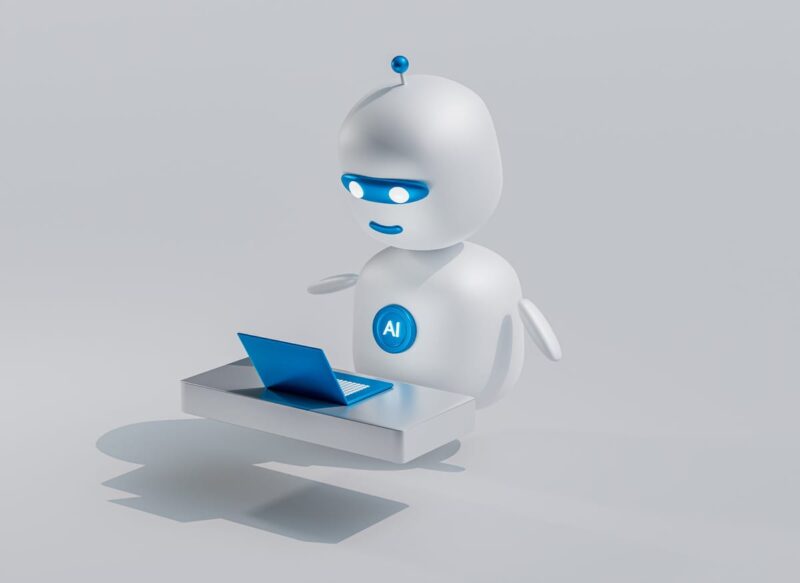In todays digital age, the rise of artificial intelligence has revolutionized the way content is created. With AI-powered tools becoming increasingly sophisticated, it has become more challenging to distinguish between content written by humans and content generated by AI.
As a result, being able to spot AI-generated content has become a valuable skill for consumers and creators alike. By recognizing key differences in writing styles and patterns, individuals can better assess the authenticity and quality of the content they encounter online.
In this article, we will explore three tips and techniques to help you identify AI-generated content and navigate the ever-evolving landscape of digital communication.
1. Understanding the Characteristics of AI-Generated Content
![]()
In order to effectively identify AI-generated content, it is important to understand the key characteristics that differentiate it from human-created text. When examining written material, one can notice subtle patterns that reveal the artificial nature of the content.
For instance, human writers often employ a mix of sentence lengths and complexities, creating a dynamic and engaging flow. On the other hand, AI-generated sentences tend to lack this variability, resulting in a more uniform and robotic tone.
By analyzing these nuances in writing style, one can develop a keen eye for spotting AI-generated content and maintaining the authenticity of their work.
2. Identifying Common Patterns in AI-Generated Text

One effective way to identify common patterns in AI-generated text is by analyzing the length and complexity of sentences. Humans naturally mix longer, more intricate sentences with shorter, simpler ones, creating a bursty pattern that reflects the natural flow of conversation or storytelling.
On the other hand, AI-generated text often lacks this variability, with sentences tending to be more uniform in length and complexity. By paying attention to these patterns, readers can better discern whether a piece of content has been generated by AI rather than written by a human.
3. Tools and Techniques for Detecting AI-Generated Content

When trying to detect AI-generated content, its important to look out for patterns that may indicate a lack of human variability. One key technique is to pay close attention to the structure and length of sentences within the text.
Humans naturally tend to mix longer, more complex sentences with shorter, simpler ones, creating a varied and engaging writing style. AI-generated content, on the other hand, often falls into a more uniform pattern, with sentences that are consistently similar in length and structure.
By analyzing the flow and structure of the text, it becomes easier to spot content that may have been generated by artificial intelligence.
Conclusion
In conclusion, being able to spot AI-generated content is becoming increasingly important as the technology continues to advance. By utilizing the techniques and tips outlined in this article, individuals can better equip themselves to identify and discern between human-generated and AI-generated content.
Whether its examining the quality of writing, detecting unnatural language patterns, or utilizing an AI detector free, there are several ways to ensure that the content you encounter is authentic and trustworthy. Remember, staying vigilant and critical in your consumption of online content is key in the age of AI-generated material.
By staying informed and using the right tools, we can navigate this new media landscape with confidence and discernment.


